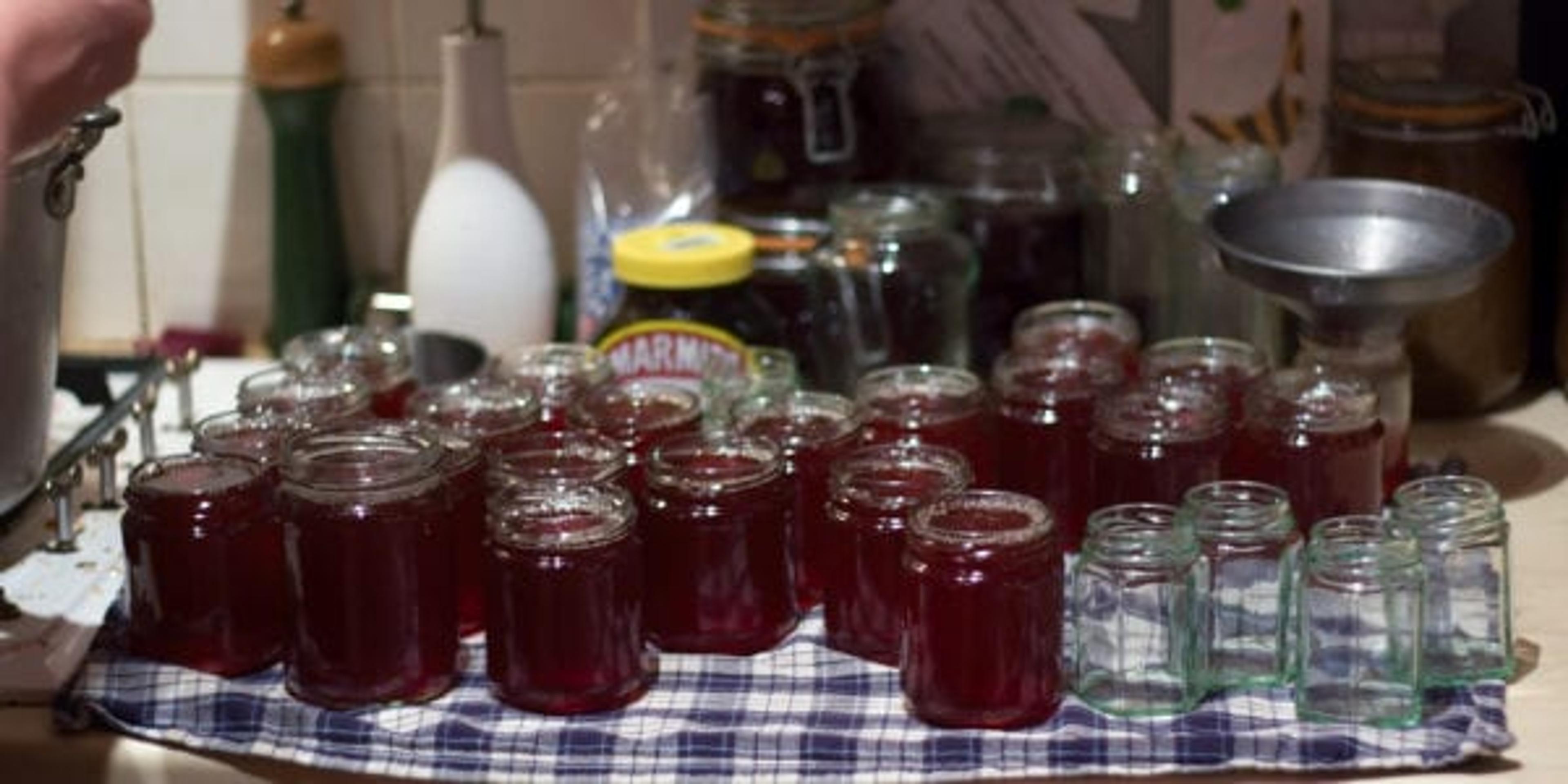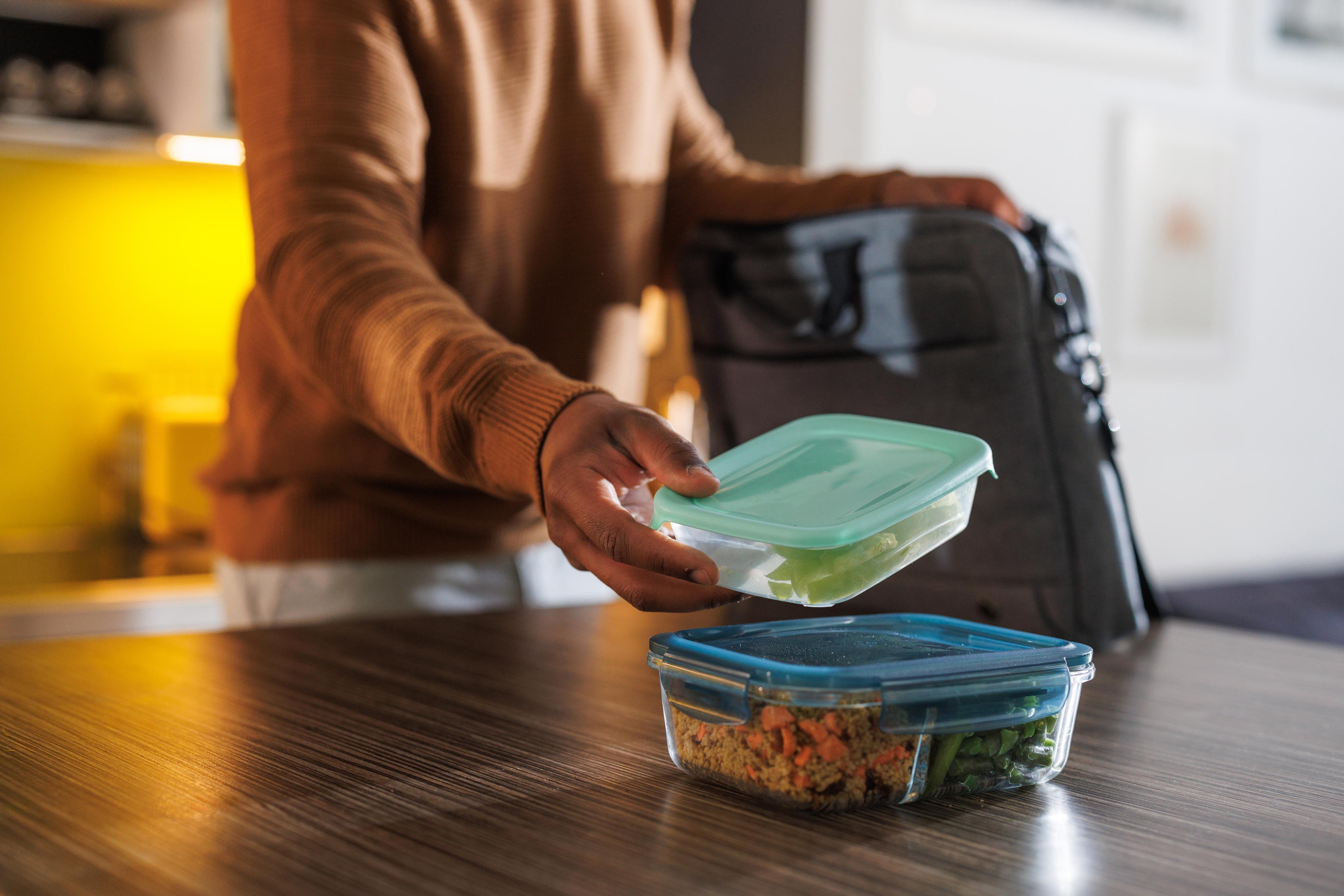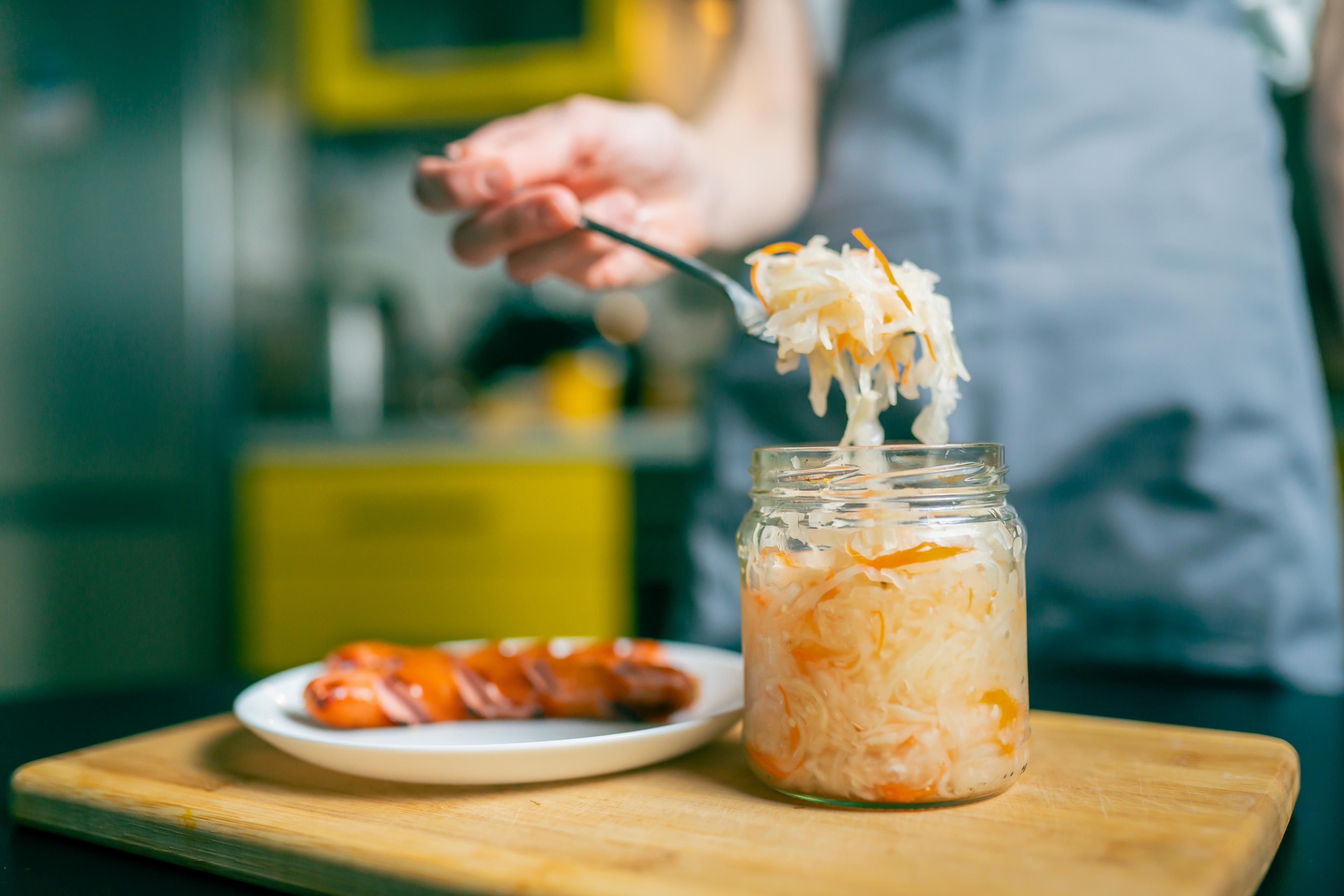Canning lets you preserve summer flavors all year long

Julie Bitely
| 3 min read

At the convergence of the local food movement, do-it-yourself, and environmentalism, is a practice that many might find a little old-school: canning.
“With the accessibility of fresh fruits and vegetables, I think it’s definitely making a comeback,” said Jolon Hull, a canning instructor for the Grand Rapids Downtown Market.
Talk to Hull and you’ll want to spend an afternoon filling mason jars with fresh fruits and vegetables from the garden ,to fill your pantry. She thoroughly enjoys the process, from the distinctive pop of the jars when they’ve properly sealed, to neatly arranging her day’s work by color and type.
Mexican food is a favorite in the Hull household and salsa from the store doesn’t come close, Hull said.
“It tastes like summer in the middle of winter,” she said.
Hull teaches both pressurized and water bath methods of canning in her classes. She said the water bath way is what she’d recommend to beginners. There isn’t a lot of equipment to buy and many places sell starter kits to get you going. Plus, the initial investment is likely worth it. Hull did the math on the tomatoes she cans at home. Buying a 14.5 oz. jar at the grocery store costs about $1.67 on sale, while Hull said her tomatoes, even factoring in the cost of the jars, were 67 cents per quart.
“In a lot of cases, it can be more affordable,” she said.
Canning has definite environmental benefits. You’re able to re-use jars, cutting down on recycling. You’re also using locally grown fruits and vegetables, reducing demand for produce shipped across the country. You can also control what goes into the jar – cutting out added salt and sugar that sometimes makes its way into canned fruits and vegetables from the store.
“It’s a great way to control the additives into what you’re putting in,” Hull said.
Canned jams, salsas, and relishes also make lovely homemade gifts for housewarmings, holidays or just because.
“It’s just really satisfying to share what you’ve grown,” Hull said.
The beautiful variety of canning options appeals to do-it-yourselfers, Hull said.
“I think there’s something nostalgic and beautiful about the jar and I think people enjoy making something themselves,” she explained.
Hull recommends people start by getting coaching from an experienced friend, or going to a class. Start with recipes and resources from the National Center for Home Food Preservation and when you’re comfortable with those, Hull said she likes the websites Food in Jars and Well Preserved.
“When you’re doing home canning, it’s always important to use reliable recipes,” she said. “That’s key to making it safely.”
If you want to take a class with Hull, she’s got several options coming up at the Downtown Market. Check out her Canning the Fruits of July, which is Tuesday, July 29, and classes later this summer: Salsa Shindig and a Tomato Canning Party.
Photo credit: Paul Albertella





